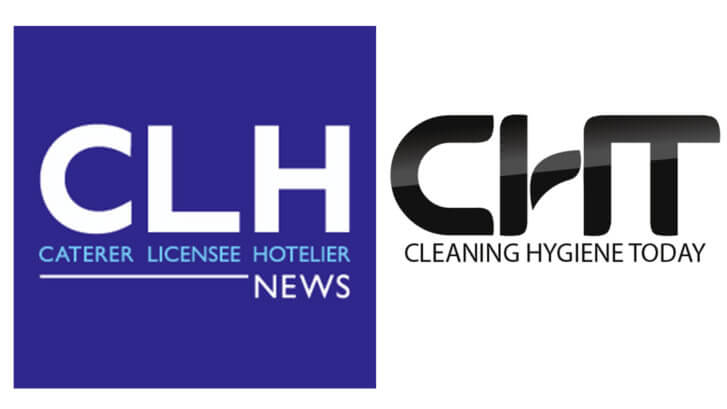BCL associate Suzanne Gallagher‘s article ‘You received a Hygiene Emergency Prohibition Notice: what to do next’ has been published by Cleaning Hygiene today and Caterer Licensee Hotelier News.
Here’s an extract from the article:
“When are Hygiene Emergency Prohibition Notices issued and can they be avoided?
Notices are issued where the health risk condition is fulfilled. This arises where an imminent risk of injury to health is present on inspection. An Officer will have identified this risk in, for example, a process or treatment or in the state or condition of the premises or equipment used. This imminent risk of injury must exist at the time the Notice is served. There need not have been an injury or a complaint prior to the service of a Notice. Examples of inspection findings that may constitute an imminent risk of injury include serious pest infestations, poor structural standards or evidence of poor cleaning practices.
Under the Food Standards Agency’s ‘Food Law Code of Practice’ (‘the Code’), local authorities must ensure that enforcement action taken by Officers is, for example, reasonable, proportionate and risk based. The full range of enforcement options available to Officers should be considered, operating a graduated and educative approach to enforcement, and only moving to formal action where an informal approach will not achieve the desired effect. The nature of the non-compliance and previous compliance history will be relevant factors.
It may be possible to avoid the service of a Notice, for example if a Food Business Operator agrees to a voluntary prohibition and signs an appropriate undertaking not to reopen without approval. The Code states that a Food Business Operator should be advised to take legal advice in this regard; an important safeguard when moving outside of the statutory process with its various procedures and safeguards in place.
What information is included in a Hygiene Emergency Prohibition Notice?
The Notice should detail the basis upon which the Officer is satisfied that the health risk condition is fulfilled i.e. what exactly poses the imminent risk of injury to health. The Notice should also detail what is prohibited i.e. a specific process or all food-related business activity at the premises.
The Officer’s details should be included, including contact details.
What happens if I do not comply with a Hygiene Emergency Prohibition Notice?
Failure to comply with a Notice can have hugely damaging repercussions for the recipient. Any person who knowingly contravenes the Notice is guilty of an offence and is liable to be fined and/or imprisoned for up to two years. It is likely that an Officer will prosecute if, on re-inspection, they find evidence suggesting the recipient is conducting business in breach of the Notice.”
This article was published by Cleaning Hygiene Today on 12/05/2021. You can read the full version on their website.
This article was published by Caterer Licensee Hotelier News on 11/05/2021. You can read the full article on their website.




